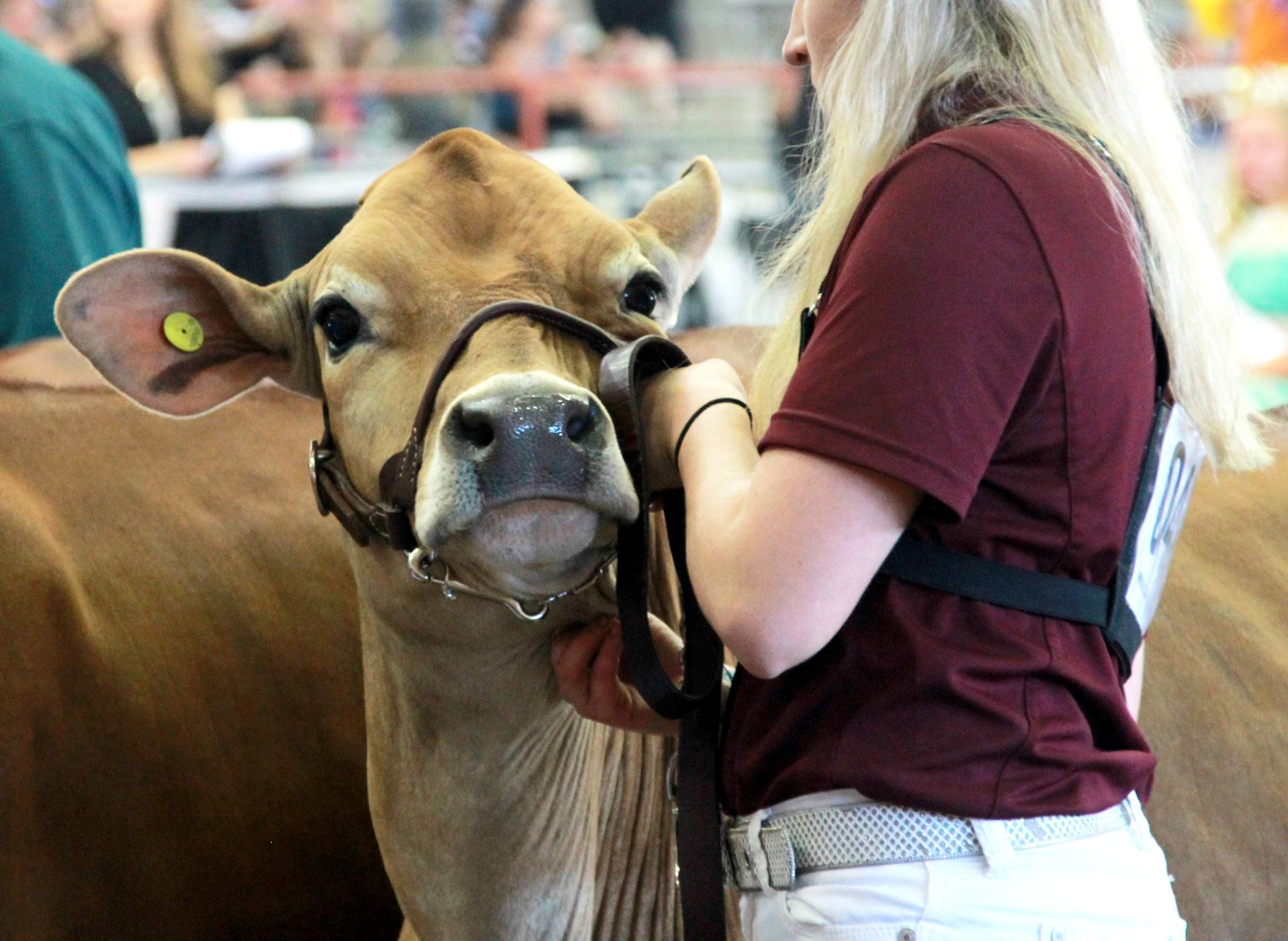
Exhibitions at summer fairs enable participants to educate themselves.

Exhibitions at summer fairs enable participants to educate themselves.
The signs are hard to miss, from semi-trucks on the highway hauling amusement rides to the smell of cream puffs in the air. Yes, it's fair season in Wisconsin.
County and state fairs provide many opportunities for entertainment and consuming delicious fried food, but they have roots in education. Fairs emerged in the United States in the early 1800s to advance agriculture through the exhibition of crops, livestock, new growing techniques and machinery. For rural residents, often isolated in an era before cars, fairs provided an opportunity for people to gather together, exchange ideas and take information back to improve their homes, farms and lives.
Summer fairs were an opportunity for participants to compare the fruits of their labor to those of their neighbors, often competing for prizes. This element of competition is still a key component of fairs in the 21st century, and they maintain an educational focus. Exhibitors in 4-H, FFA or open classes spend time training livestock to follow a lead, creating a photography display or putting the finishing touches on a piece of woodworking. This preparation time is just as important as the fair itself and the awards at stake.
Fair exhibitors engage in learning new skills and perfecting old ones, pushing the limits of their creativity, developing patience, and following through on a commitment made when filling out an entry form.
The moment of judgment when projects are ranked and awards are given is an educational and character-building experience. A third-place ribbon on a baseball bat-sized zucchini indicates bigger isn't necessarily better, and a blue ribbon in showmanship rewards countless hours spent training a once-stubborn animal. Comments from judges offer suggestions for improvements, as well as lessons to take home and apply for the next year. The entire experience, start to finish, enables participants to educate and advance themselves.
Fairs also provide an opportunity for exhibitors to be educators. For some fairgoers, the county or state fair is the only time they come into close contact with agriculture. An exchange between a fairgoer and an exhibitor can help bridge the divide between consumers and producers, and urban and rural populations. If asked, many exhibitors will explain, with pride, the age and breed of their animal, or just how they grew such a big onion.
Local fairs are held throughout Wisconsin during the summer months, offering not only amusements and food, but interesting exhibits and an educational experience. The Wisconsin Association of Fairs provides dates and information for county and regional fairs around the state. The 2017 edition of the Wisconsin State Fair is being held Aug. 3-13; University of Wisconsin-Extension will offer exhibits and activities in Exploratory Park at the south end of the fairgrounds.
Leigh Presley is an agriculture educator with the University of Wisconsin-Extension in Racine and Kenosha counties. This item was originally published in the Racine Journal Times.